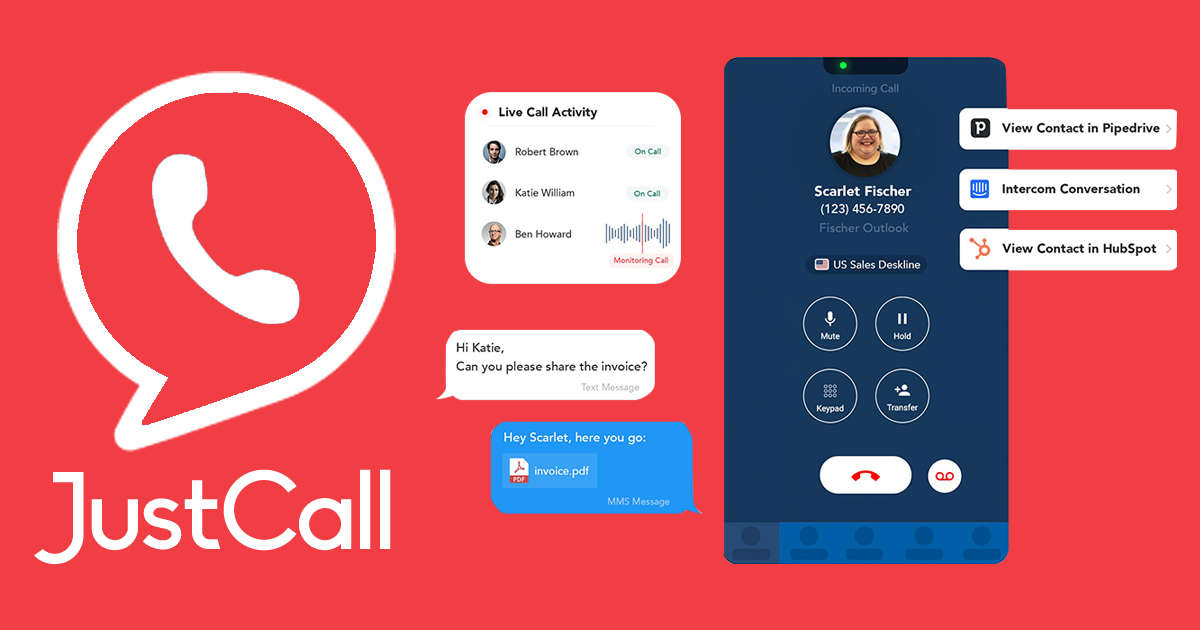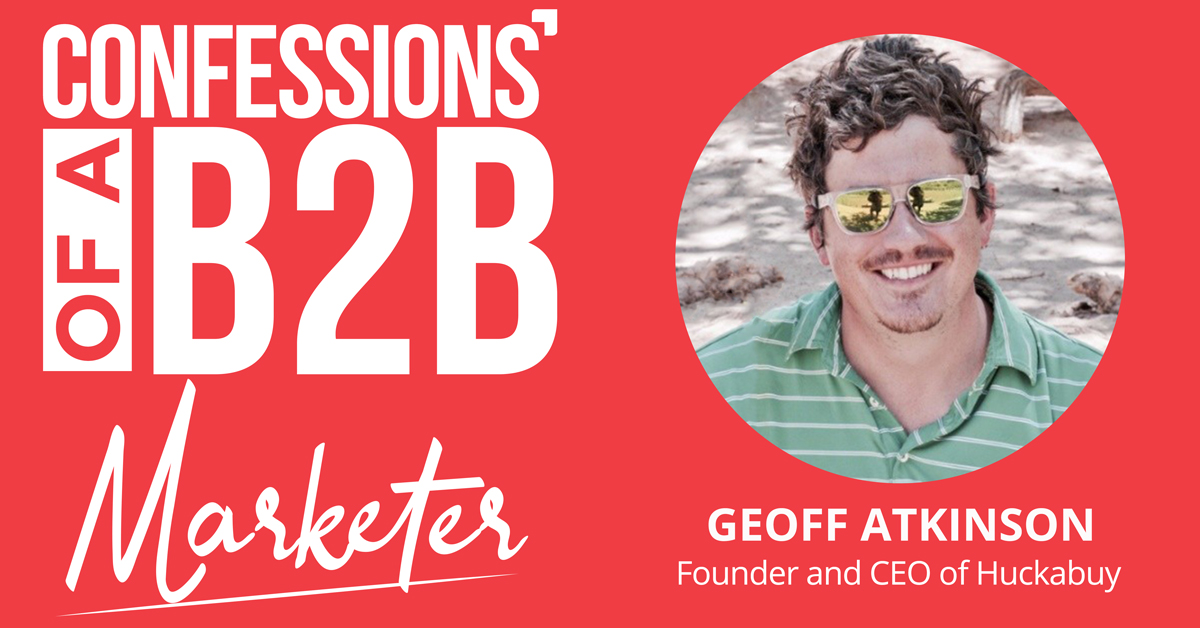The United States is the most advanced and mature market for the software and information technology services industry.
More than 40 percent of the $5 trillion global IT market is in North America, primarily the United States. The industry accounts for $1.8 trillion of U.S. value-added GDP (more than 10 percent of the national economy) and 11.8 million jobs.
According to CompTIA, there are more than 525,000 software and IT services companies in the United States (approximately 40,500 tech startups were established in 2018 alone).
This total includes software publishers, suppliers of custom computer programming services, computer systems design firms, and facilities management companies.
The industry draws on a highly educated and skilled U.S. workforce of nearly two million people, a number which has continued to grow during the past decade. The demand is definitely going to surge due to increasing cloud adoption from SMBs around the world.
If you think partner programs are ineffective for software companies, you are brutally wrong.
Even worse, you’re missing out on a major opportunity to build your brand, expand your customer advocacy, and scale your revenue.
The reality is, partner programs can be successful for companies of any size. In fact partnerships are one of the best (and underutilized) ways to scale your company for sustained growth. Once strong partnerships are forged, they’ll bring in ROI with minimal upkeep and low EPC(earnings per click). The best part is there’s low churn in SaaS because the relationship with the client is handled by an intermediary.
If you’re just starting out, your partner program at this stage doesn’t need to be terribly complex as well. You should test the waters with basic, low-involvement affiliate and co-marketing partnerships using monetary or non-monetary incentives like lead sharing or backlinks.
It’s important that you don’t bite off more than you can chew. You’re realistically not even close to being able to enter a reseller or co-marketing program — but co-creating one or two pieces of marketing content at regular intervals is a great way to gain exposure and traction while you’re working to improve and test your product.
After learning from these closely tactics, you might be able to gain some partner traction for your SaaS product as well.
The majority of new customers from partners were brought in by exercising stronger relationships with new partners onboarded post the pandemic.
Here’s the breakdown of numbers:
- MRR from Partners: $35,016 as of 6th Jan 2020
- ARR from Subscription: $420,192
- No. of partner customers: 221
- Number of users: 930
- Revenue from Platform usage (Avg min. daily spend of $2 on calling/texting): $669,600
- Approximate Total Annual Revenue earned via partner clients – $ 1,089,792
How can you identify awesome partners for your SaaS?
When looking to form a strategic partnership, make sure both companies can benefit from the relationship. No one wants to enter into a partnership they can’t benefit from.
If you aren’t benefiting from a partnership, then you lose out, and if your partner isn’t benefiting, it can damage your reputation and ability to develop new partnerships.
- Your buyers should align with any company you partner with. The ultimate goal of a partnership is to gain more customers and revenue, but if sold to completely different people with different interests, that won’t happen.
- Additionally, you should both have similar growth trajectories. If you’re both selling mid-market and looking to expand down-market, great. It is far better to onboard like-minded partners to grow faster.
- You can check your alignment by doing account mapping. See how many of your customers overlap with your prospective partner’s customers. Additionally, check for similarities between your buyer personas and ideal customer profiles.
-
Finally, be open to working with a variety of partners. If someone wants to work with you, be polite, even if they’re not a perfect fit for reselling. If your buyers are aligned or overlap, you can benefit from a co-marketing relationship even if it’ll never develop into reselling.
For Eg: At JustCall, we identified prospective IT resellers and consultants who would’ve been our ideal candidates to become partners. A general introduction about our product and availability for a call would help the ball rolling. I would often follow up with an exclusive slide deck and some tips on how our current partners have benefited from the program in the past.
The 3 strategies that can work for you in your partner outreach program are:
1. Find your audience
If you get this wrong, nothing will ever matter and most likely your program will be a failure. You have to know your audience. Ask yourself these questions before starting a partner program for your SaaS product:-
– Who will sell our product?
– Why will they sell our product?
– What benefits can I offer to them?
– How can we collaborate?
For Eg. One of the partners I onboarded early onto the program was Ethan, who was kind enough to mention our product on his website here.
2. Cold Emailing
One of the most effective ways to reach your audience is to make a list of prospective clients and start engaging with them to get your foot in the door. You should often make lists, clean them to avoid any hits and send regular follow ups. Conversation rates were pretty healthy for most campaigns which led to more calendar meetings and partner conversations.
Don’t be surprised to be rejected or expect to receive immediate responses. From experience, You could be contacted by partners months after you had completed my outreach. I use lemlist for this, which is another great tool. Here’s a sample email template I used with the campaign performance.
Why did it work?
A. Super targeted
What some people don’t realize is that 50% of the campaign’s success depends on your target audience and how good your research is. I apply this and then focus on potential Pipedrive partners only.
B. Straightforward
Unlike selling, pursuing business partnerships allows you to be a bit more direct. You can notice the immediate push to pass the gatekeeper and get in touch with the decision-maker. In other words, whoever’s reading this knows, from the first sentence, to whom they need to forward this email to.
C. Selling the next step
I didn’t talk about partnership details or myself at all. My goal isn’t to make a deal that second. I want to get a reply first and set up a meeting. That’s where my focus is and that’s one of the key reasons behind a 🔥 reply rate.
3. Content & Copywriting
What you put in your email is equally important. Remember, whatever you are writing- other humans (i.e. real people) read them. Don’t aim to be desperate or appear to be too salesy. These people could be your future partners, so try to give them a valid reason to be one.
Like it’s said, no one likes a needy person. Never step on that line in your sales pitch.
One another thing that worked for us is actively communicating with audiences on Facebook, Reddit, Quora and Linkedin. If you see discussions happening around the topic, feel free to jump in and be a part of it.
The Takeaway
Even seasoned SaaS companies that have been dominating the space for years can benefit from partnerships, and startups have even more to gain.
You can only do so much as one company. By creating a partner ecosystem, you’re enabling your company to generate revenue using the time and resources of others in a mutually beneficial way. Your reach can go way beyond your direct audience with the help of a strong partner ecosystem.
The more positive relationships you have in your industry the more enabled for success you’ll be. Strategic partnerships can help you generate demand for your product and drive revenue on your behalf with minimal effort from you.
Finally… what’s stopping you from starting your own partnership program?
Shubham Sood is the partner manager for JustCall.io, a cloud phone system for sales and support teams. He’s an avid reader and likes to build cross-border relationships with like-minded people.





